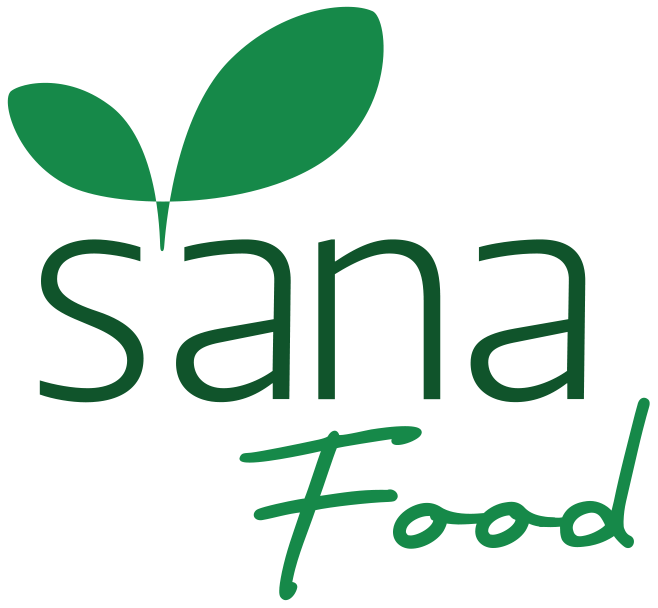The importance of healthy eating!
July 2024

The analysis of the 100 Healthy Days survey shows that in both Italy and Denmark, almost all respondents associate a healthy lifestyle with the choice of a healthy diet and that almost 70% of those interviewed tend to take action in this regard. In Italy, for example, about 1 out of 2 people say that they follow a healthy diet as part of their daily habits and about 1 out of 4 have been doing so for a long time (i.e. for more than 3 years); in Denmark, slightly more than 1 out of 2 Danes state that they orient their diet towards a “healthy” choice.
But what does “healthy eating” actually mean?
The analysis reveals an extremely broad and multifaceted world.
In Italy, the main trends involve the inclusion of seasonal fruit and vegetables, natural and/or organic foods in the diet, and a high level of scrutiny when reading ingredients, paying close attention to elements considered “harmful” to health, such as additives, preservatives, GMOs and fats.
In Denmark, healthy food is associated with the concept of health benefits, i.e. food that is naturally rich in nutrients, such as vitamins, minerals and Omega 3, or that is only made with “natural” ingredients, with emphasis also being placed on organic products.
Interesting fact: in Italy, around 49% of respondents associate a healthy diet with the Mediterranean diet, in line with the country's food and wine culture, while only around 17% of Danes share this opinion.
On the other hand, about 19% of respondents in Denmark consider plant-based foods to be healthy, while in Italy, where they are probably less well known, only 7% share this view.
The survey also investigated the “culture” and, therefore, the interpretation of the meaning of the classifications of products that fall under the concept of healthy and natural food.
Interesting differences emerged between the two countries, underlining how lifestyle produces different knowledge and consumption dynamics.
As a result, 3 out of 4 Italians correctly understand the meaning of expressions such as “locally grown, sustainable agriculture, organic, vegan, vegetarian, controlled supply chain, free from, low content or enriched food” which are part of their common language.
Overall, several of the most well-known terms in Italy are weaker in Denmark, where, on the other hand, the term ‘plant-based’ is highly recognised and widespread.
When interpreting the main definitions of the different categories of healthy and natural foods, food culture and lifestyle are two key influencing variables.
Some words are recognised as part of the common language in both Italy and Denmark: “organic, vegan and vegetarian”, as well as “produced by sustainable agriculture”.
However, there are also definitions and concepts that are interpreted, and therefore transposed, differently in the two countries. For example, “controlled supply chain and certainty of origin” is well understood in Italy by about 84% of the interviewees, while in Denmark it is only understood by 54%; in Italy, “locally grown products” is fully understood by 89%, while in Denmark it is understood by about 54%; the meaning of “halal” products is less known in Italy (36%), while in Denmark it is recognised by 76% of the interviewees.
As regards the categories related to “healthy” consumption choices: foods “enriched with, free from, low in” are more recognised in Italy than in Denmark when it comes to their definition.
ALL NEWS